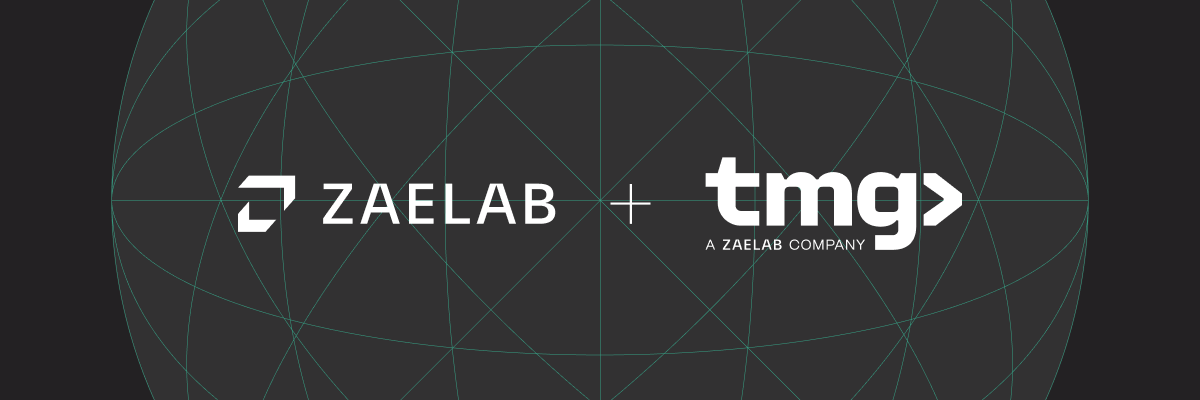Welcome back to our Mastering SAFe® series! This is post #4 – if you want to catch up from the beginning, these are posts one, two, and three.
—–
There’s no company or implementation quite like yours. You’re as unique as the stars in the sky or the sand on the beach. Maybe that sounds tongue in cheek, but it’s true! Even if two companies are using a similar framework or creating a similar product, everything they do is customized to that company’s operations and the people running the show.
At TMG, we lean on the Scaled Agile Framework (SAFe®) for implementation because it allows us to approach every implementation with a fresh outlook. Part of that flexibility is possible because SAFe® is based on proven frameworks. To scale delivery, they created proprietary tools based on using the same principles.
The base frameworks are widely known and the beauty is that instead of trying to implement each one individually, they are already integrated into the SAFe® framework.
Base Frameworks
Agile
Agile is the mindset that emphasizes cross-functional teams that organize work in backlogs and deliver value iteratively. This transparent collaboration allows teams to adapt quickly to changing requirements.
Scrum & Kanban
In SAFe®, the Agile mindset is paired with multiple known development frameworks, but we’ve found clients are most familiar with Scrum and Kanban.
Scrum brings a structured approach with the introduction of roles and responsibility, defined Iterations, and set meetings to maximize Iteration efficiency.
Kanban adds the visual representation of work in progress through the Kanban board as well as a focus on continuous delivery and measurement of flow.
Lean
Lean principles focus on maximizing value while minimizing waste. This happens through defining exactly what customers want, establishing workflow, and working toward continual improvement.
DevOps
DevOps is a cultural mindset, but has grown to include recommended processes to shorten the software delivery cycle. The focus is as a bridge between the business, development and operations through the balance of innovation and stability. From a practical standpoint, this area also focuses companies on the implementation of toolchain automations to allow for continuous integration, continuous testing, continuous delivery and continuous monitoring.
Proprietary SAFe® Tools
SAFe® created proprietary tools to integrate these frameworks at scale, enhancing their effectiveness in large organizations.
Agile Release Train (ART)
An ART is a long-lived team of teams that plan, develop and deliver together. This coordination ensures that all teams are working towards the same objectives and that dependencies are managed effectively.
Program Increment (PI) / PI Planning
A Planning Increment is a set-length time box that an ART uses to plan and deliver coordinated work, usually 2-3 months. PI Planning is a critical event that brings all stakeholders on an ART together to plan and align on the upcoming work. This regular cadence allows teams to deliver efficiently each time box and regularly deliver value to the organization.
Scaling Tools
SAFe® provides robust scaling tools across different levels – Enterprise, Portfolio, ART, and team. These tools include visions, roadmaps, backlogs and scaled work items. They ensure that strategic objectives are cascaded down to actionable tasks at each level, and maintain alignment and transparency across the organization.
At TMG, we rely on SAFe® for implementation because it allows us to approach every project with a tailored response. By combining Agile, Scrum, Lean, and DevOps with SAFe’s® proprietary tools, we ensure that our clients receive a customized, scalable solution that aligns with their unique needs and is built on proven processes. This approach not only enhances efficiency and effectiveness, but also drives continuous improvement and long-term success.
When we use SAFe® we help organizations optimize their workflows, reduce unnecessary steps, and enhance overall productivity. Continue following this series by signing up for TMG Insights right into your inbox below.



